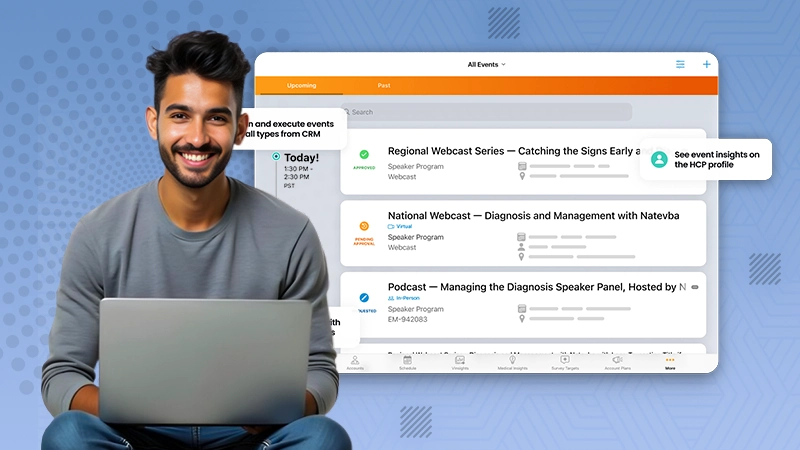According to reports, the Business Process Automation (BPA) market is projected to reach $19.6 billion by 2026. The global pandemic exposed weaknesses in business models, pushing organizations to adopt remote or hybrid work models and implement automation solutions. These solutions have enabled businesses to improve work processes, address critical challenges, and save costs.
If you’re a business owner seeking to know how workplace automation can help free up resources and improve consistency, among other benefits, here are some ideas to consider.
What is Workplace Automation
For most people, when they come across the word “automation”, the first thought that comes to mind is robots. However, automation can take many forms. In the business context, automation can be as simple as implementing a set of tools to handle repetitive tasks and workflows without the need for human labor or intervention.
Thanks to technological advancements, automation tools are now accessible to small businesses at an affordable cost. With automation, businesses can simplify and optimize workflows, minimize costly errors, and save countless hours.
Workplace Automation Ideas
Whether you’re looking to increase productivity, reduce human errors, or operational efficiency, automation is the key. Here are powerful workplace automation ideas to help you streamline work efficiency.
Meetings
Even in this modern age, meetings are inevitable events, whether it’s in a small startup or a large enterprise. However, setting up meetings, managing calendars, and organizing details of these events no longer need to be handled manually.
Consider automating meetings to not only better manage the event itself but also to improve communication during and after the meeting. An assortment of automation solutions is available for businesses that rely on meetings.
These tools send out notifications to everyone on the team, as well as timely reminders before the meeting begins.
Hiring and Onboarding Process
Finding and hiring the right people can be a big pain. Automation in the area of talent acquisition, hiring, and onboarding provides hiring managers with more efficient hiring processes.
Many companies are now using applicant tracking systems (ATS) to narrow down candidates, thus reducing the pressure HR managers face in the hiring process. You can also invest in a human resource management system (HRMS) to automate the candidate management process, including scheduling, email alerts for interviews, and skills testing.
Using such a system enhances the overall candidate experience, ultimately improving the company’s reputation and attracting top talent.
Measuring Work Performance
Remote work is here to stay. However, it still presents a set of challenges for managers, especially regarding work performance and performance reviews. Luckily, automation introduces tools that simplify employee monitoring and performance tracking.
For example, implementing a time-tracking solution eliminates the concern that remote workers aren’t actually working. Time trackers capture employees’ activity levels, clock-in and clock-out times, logged hours, and work progress. As a result, employers and managers don’t have to micromanage employees. Instead, they can rely on real-time activity tracking to gauge work productivity.
Moreover, employees can be guaranteed accurate and timely pay, which is crucial for increased employee engagement and morale.
Accounting Tasks
Accounting is one of the most tedious and time-consuming processes any business has to deal with. By automating some of the accounting tasks, companies can reduce errors and free up valuable time that can be invested in tasks that bring more value.
Automating invoice and payment processing makes it easier to manage payroll and approvals, prevent fraud, and reduce the amount of manual labor involved in accounting.
Communication Processes
Automation can help keep everyone, from employees to customers to business partners, on the same page by ensuring effective communication. For example, calling, emailing, or texting each customer can take plenty of time. Plus, chances are high that not all customers will receive the message.
With automation, you can send customers or prospects regular follow-ups and check-ins. Similarly, a business can use drip email campaigns to stay in touch with their clients without the need to create and send individual emails.
Customer Service Automation
Customer experience is one of the pillars that drive success in a business. Therefore, you want to ensure you focus on keeping your customers satisfied. Now more than ever, customers expect responses to their complaints or issues quickly, regardless of the type of business. Any strategy to speed up such processes will give you an edge over your competitors.
Enter chatbots. These consumer-facing software automate typical customer service interactions by responding to common inquiries instantly. Customers are only referred to a representative when the chatbot’s ability to offer sufficient assistance is limited.
By implementing chatbots, you ensure that customers no longer have to be put on hold, waiting to be served. On the other hand, your customer service representatives get time to work more efficiently on queries that need the human touch. You end up saving time and money, as well as keeping your customers happy.
Sales Automation
A McKinsey report estimates that a third of sales tasks can be automated, which is the key to reducing costs and boosting revenue. Some of the tasks that can be automated include:
- Shipment tracking: dispatch, delivery, and return notifications; order payment and refund acknowledgments.
- Order processing: stock management, processing orders, and upselling queries.
- Invoice processing: invoicing clients and credit checking.
- Sales strategies: forecasting, resource allocation, and talent management.
Automation Is the Key to Improved Efficiency and Profitability
Automating various functions and processes of a business can lower costs, save time, and ensure proper utilization of resources. This translates to increased profit margins. Automation enables companies to reclaim part of the time that is wasted on repetitive tasks. It makes everyone’s life easier while ensuring consistent efficiency in how things are done.







